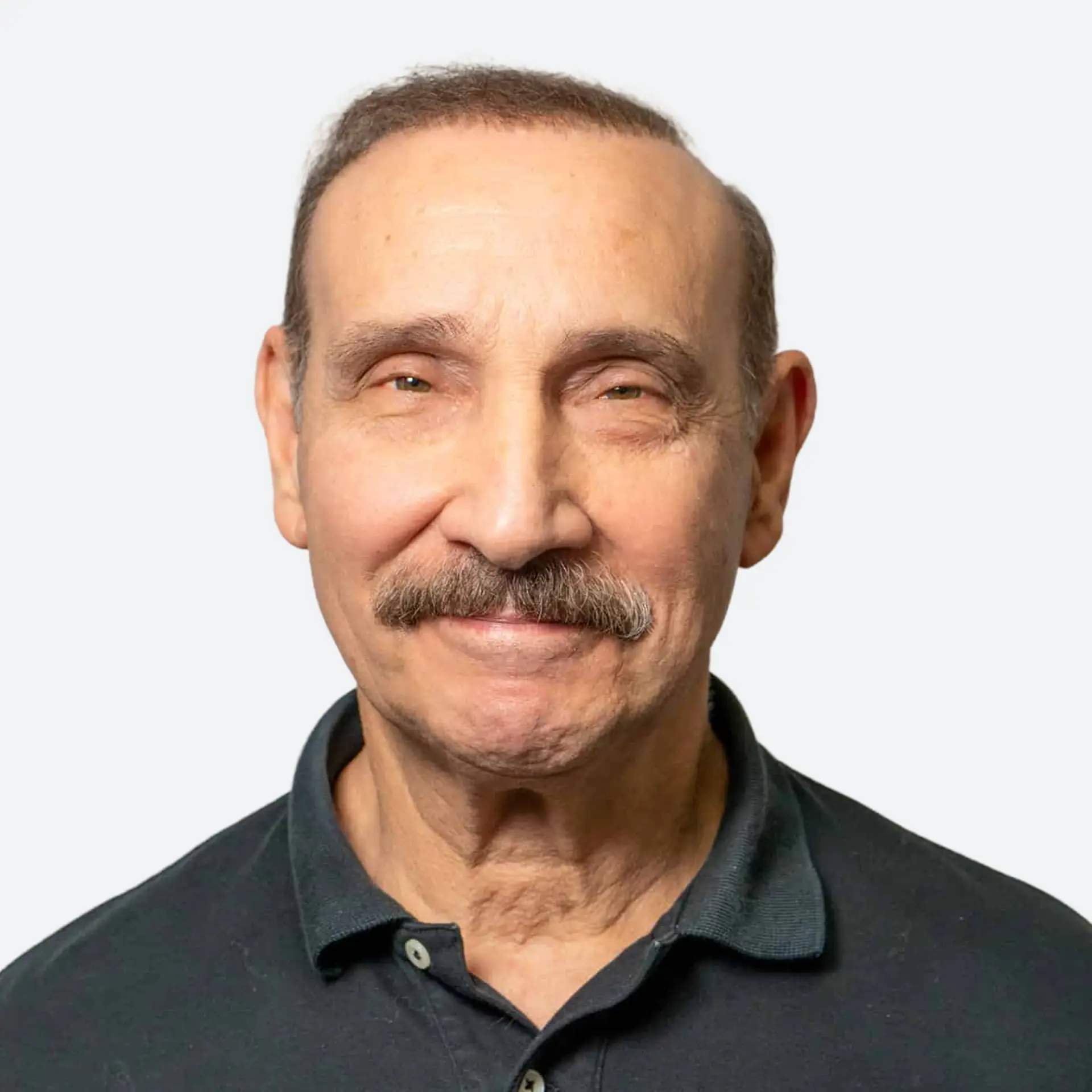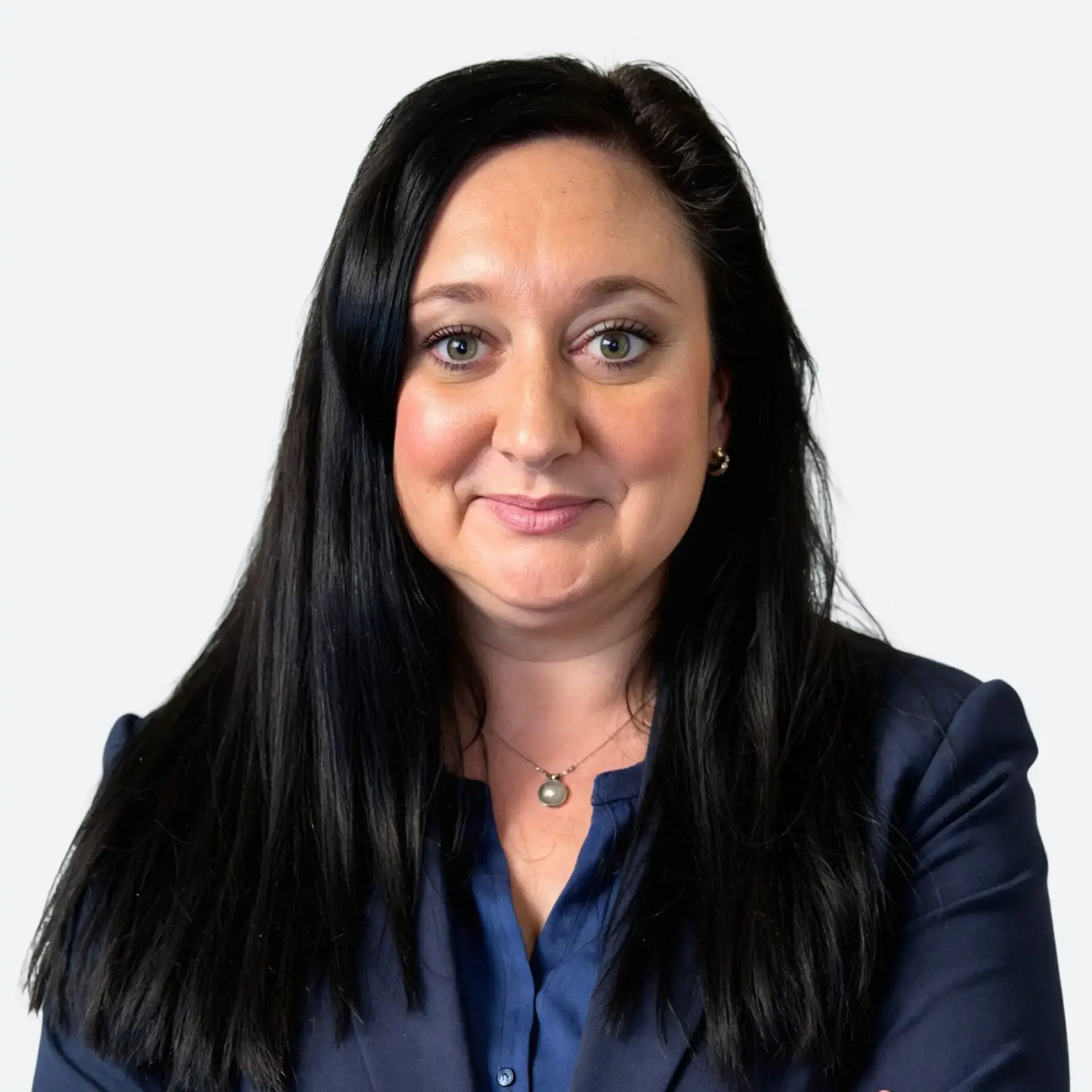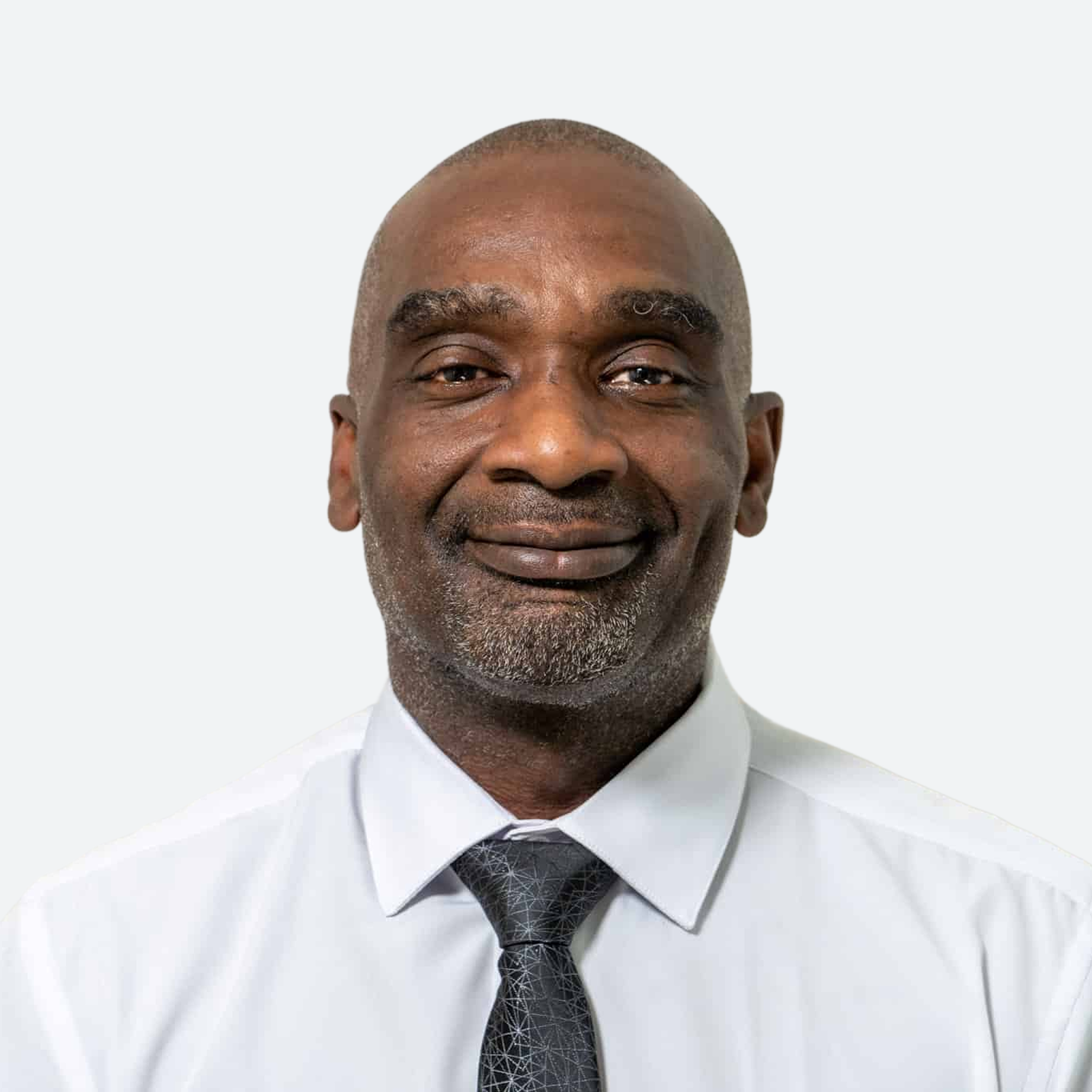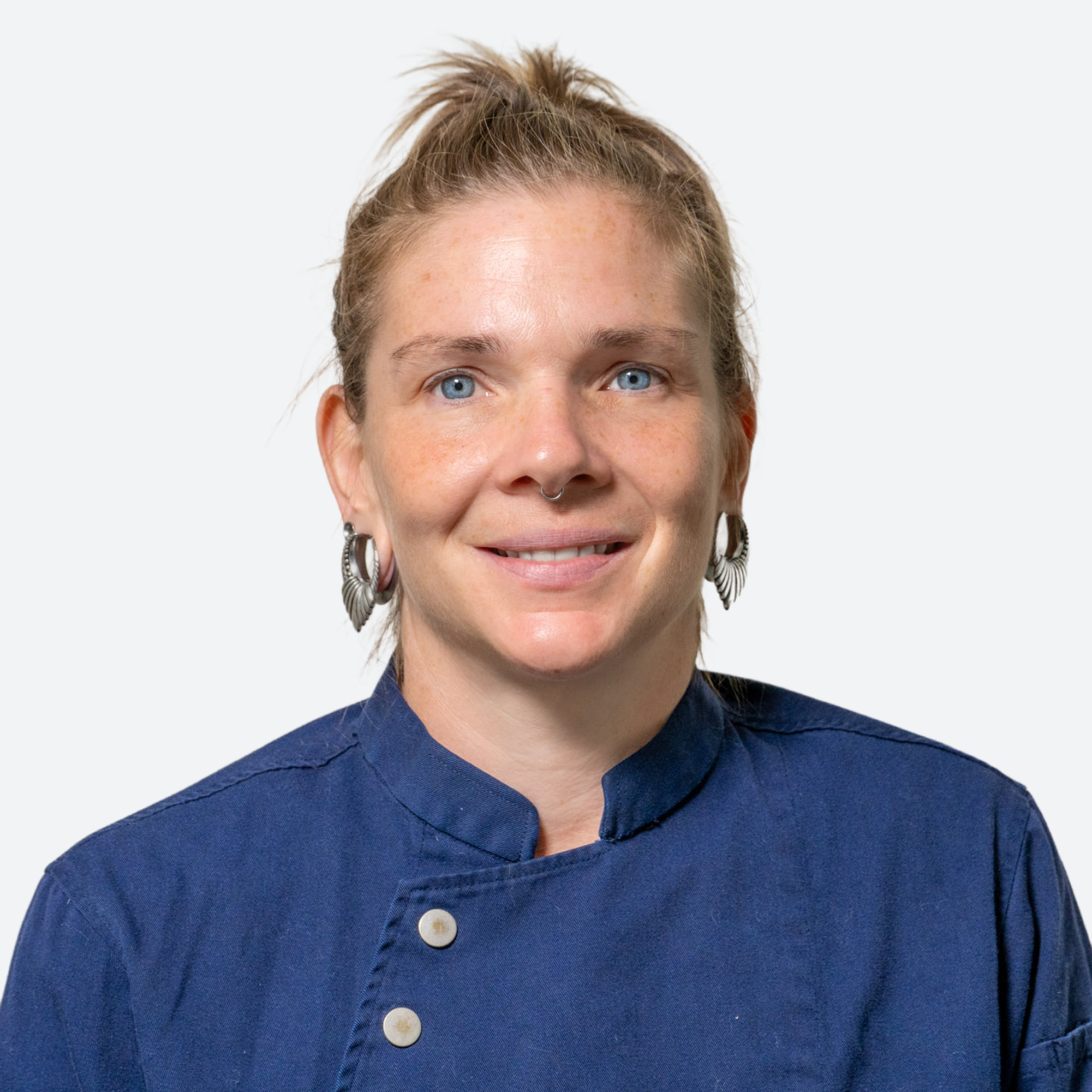Opioids are a group of chemicals naturally occurring in the opium poppy plant. They act on the brain to create a range of effects, including numbing pain with many of these drugs. Opioids can be either legally obtained substances like heroin or prescription medications that are frequently referred to as painkillers. Numerous prescription opioids are frequently administered to treat moderate to severe pain and work by obstructing the transmission of pain signals from the brain to the body.
Continued opioid use can cause the brain to become accustomed to the artificial endorphins, resulting in more need for the drug over time. Long-term opioid use creates dependency, which results in withdrawal symptoms (both physical and psychological) when the user stops taking the drug (such as muscle cramping, diarrhea, and anxiety). Although all people who take opioids for a long time will become dependent, only a tiny percentage of people will also experience the compulsive, ongoing desire for the drug that characterizes addiction.
You need to consider a rehab facility for opioid addiction, you should know about the various types of services available. Haven Detox in South Florida provide detoxification services and also residential rehabilitation. Our comprehensive services are to help you get back on your feet. Our facility is equipped with sober living homes. Our aim is to helps addicts transition from intensive treatment to independent living.
The prevalence of opioid addiction has increased in the United States. This is partially due to the increased production of synthetic opioids. The problem has spread to communities throughout the country. As a result, it is difficult to find precise statistics. In order to prevent further spread, some communities have provided clean needles and made Narcan more readily available.
Opioid abuse is a serious public health problem. It affects more than two million Americans and has become a national crisis. According to the National Institute on Drug Abuse, 90 people die of opioid overdoses daily. Fortunately, treatment options for opioid addiction can range from individual therapy to 12-step programs.
Depending on the severity of the addiction and the individual’s needs, the treatment will differ. To find out which type of treatment is best for you, a clinical assessment is the first step. After the evaluation, a treatment plan will be recommended based on the individual’s needs. Withdrawal management, also known as detoxification, is a crucial part of the treatment process. This procedure is important for the recovery process because it prepares the addict for a drug addiction treatment program.
Haven Detox is a private treatment facility for opioid addiction. The services we provide are supported by the Department of Mental Health and Addiction Services. We are here to provide community-based treatment services. Our professional doctors help thousands of people to get on the road to recovery.
Symptoms of opioid addiction may include increased cravings, a lack of motivation, and depression. Fortunately, the condition is treatable, and many people can successfully overcome their addiction. Some of the possible signs or symptoms are:
Opioid withdrawal symptoms include anxiety, insomnia, muscle aches, and sweating. Medications can also be prescribed to alleviate withdrawal symptoms. These include methadone, buprenorphine, and naltrexone. Patients can also use clonidine, which can help them to control their cravings and feel more relaxed.
Getting treatment for opioid addiction is essential for those who want to live a drug-free life. Recovery is possible through a physician-supervised medication program at Haven Detox. Our MAT program helps patients overcome withdrawal symptoms, reduces addiction risks, and increases the chances of staying in recovery.
One of the most important steps to address opioid addiction is to recognize the signs and symptoms that may indicate addiction. However, it may take several attempts to find the right approach to treating addiction. It’s not advisable to resort to confrontational “interventions” that could escalate into violence or backfire in other ways. Instead, try to persuade the person to seek treatment for their problem.
If you suspect that someone is abusing opioids, it’s important to seek medical treatment as soon as possible. If an individual overdoses, they should be administered naloxone, which is available in many states as a prescription nasal spray. Naloxone blocks opioid pain and makes the user feel better.
If you suspect an opioid overdose, it’s crucial to contact emergency services immediately. In the meantime, you’ll want to keep the person awake by rubbing their knuckles on their breastbone and trying to get them to react.
Opioids are potent analgesics that, over time, alter brain chemistry and can trigger both physical dependence and psychological compulsion. While dependence manifests as the body’s need for escalating doses to avoid withdrawal, addiction is characterized by a compulsive drive to use despite harm. Several interrelated factors underlie this progression:
While any opioid exposure carries risk, certain circumstances notably increase the likelihood of misuse and eventual addiction:
Opioid addiction exerts profound health, social, and economic consequences, but a combination of medical, behavioral, and community interventions can mitigate harm and support recovery.
Opioid addiction exacts a heavy toll on health, relationships, and economic stability. Physically, prolonged opioid use leads to tolerance—requiring higher doses for the same effect—and painful withdrawal symptoms when the drug is stopped. This cycle dramatically raises the risk of accidental overdose, which can be fatal without immediate intervention. Socially, addiction often strains family bonds and friendships, as individuals prioritize drug use over responsibilities and meaningful connections. Economically, workplaces bear the burden through reduced productivity, increased absenteeism, and higher healthcare and workers’ compensation costs.
A comprehensive response combines medical treatment, psychosocial support, and community-based prevention:
This program is designed for teens—every part of it. With a maximum of just 22 teens in our care at any time, our team has the space to build meaningful, personal relationships with each adolescent and stay closely connected to every family.

Medical Director
Over 40 years in addiction medicine, with a focus on adolescent care for nearly three decades

Clinical Director
Leads trauma-informed therapy with a personalized approach

Program Director
Brings 20 years of youth-focused experience in family systems and crisis stabilization

Professional Chef
Prepares nourishing meals that create community and comfort, with over 25 years of experience

Creative Arts Therapist
Helps teens process emotions through music, art, and expression
Families come from all over the country for one reason: the care here works. Your teen isn’t just treated. They’re seen, supported, and given the tools to grow.
You’ve tried what you can. If nothing else has helped, this may be the step that finally moves things forward.
You don’t have to figure it out alone. Reach out today to talk with someone who understands. We’ll help you decide if Never Alone is the right fit, and walk you through what happens next.